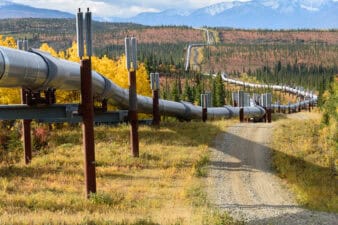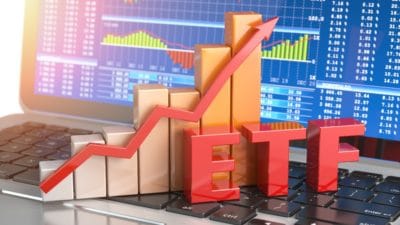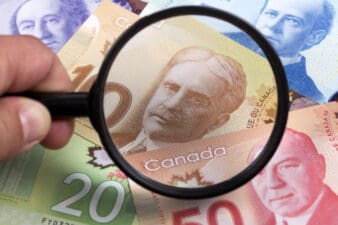On June 19, the Canada Recovery Benefit (CRB) program is set to expire.
The CRB took effect after the Canada Emergency Response Benefit (CERB) program ended last September. Both programs were designed to help Canadians whose income had been eliminated or decreased due to the COVID-19 pandemic.
The CRB offered eligible Canadians $500 per week for a maximum of 38 weeks.
CRB extension
Although Canada’s unemployment rate has declined to its lowest level of 8.1% in April 2021, Canada’s economy has not fully recovered from the devastating effects of the pandemic. In addition, there are potentially new strains of the coronavirus emerging in Canada’s population, which largely has not received the recommended full doses of the vaccine.
In the recently released fiscal-year budget, Justin Trudeau’s government proposed extending the maximum eligibility period for receiving the CRB by 12 weeks.
For the first four of the 12 additional weeks, Canadians would continue to receive $500 per week worth of pre-tax benefits. However, for the final eight weeks, the benefit would be reduced to a gross $300 a week. Starting July 17, 2021, new eligible applicants would receive the $300-a-week payment.
Additional income
If there is one lesson learned from the COVID-19 pandemic, it is the importance of having a solid financial plan and investments, which could offset the financial hardship of a job loss or reduced income.
As we saw during the first quarter of 2020, an unexpected global economic crisis can develop seemingly overnight. Any disaster can affect all industries and the entire workforce of a nation as well as the global economy at large.
If you are looking for an investment that pays income, which could offset the financial hardship of a job loss or reduced income, look into high-quality, dividend-paying stocks.
Brookfield Renewable
As the G7 leaders of the world’s richest democratic nations are gathered together this week, one hot topic of discussion is the effect of climate change in the world.
As the world turns away from fossil fuels and toward renewable energy, companies like Brookfield Renewable (TSX:BEP.UN)(NYSE:BEP) should perform well.
Brookfield Renewable is one of the largest renewable power companies in the world. The company’s renewable capacity stands at 19 gigawatts (GW) with an annualized long-term average generation of 56,300 GW hours — enough to power around 5.3 million homes in the U.S. each year.
Although Brookfield Renewable derived over 70% of its power from hydroelectric assets located across North America, Columbia, and Brazil in the first quarter of 2021, the company is also increasing its wind and solar capabilities.
Shares of Brookfield are trading at $49.03, as of this writing. At this price, the dividend yield is a respectable 3.14%.
Brookfield Renewable boasts reliable income streams, since the company’s free cash flow is tied to long-term, fixed-price power-purchase agreements (PPAs). The company’s average PPA has a remaining life of nearly 15 years, and over 80% of 2021 output is tied to long-term contracts.
These long-term contracts allow Brookfield Renewable to confidently distribute approximately 70% of its funds from operations back to its shareholders in the form of dividends. And the company expects to be able to grow its dividend by between 5% and 9% annually.






